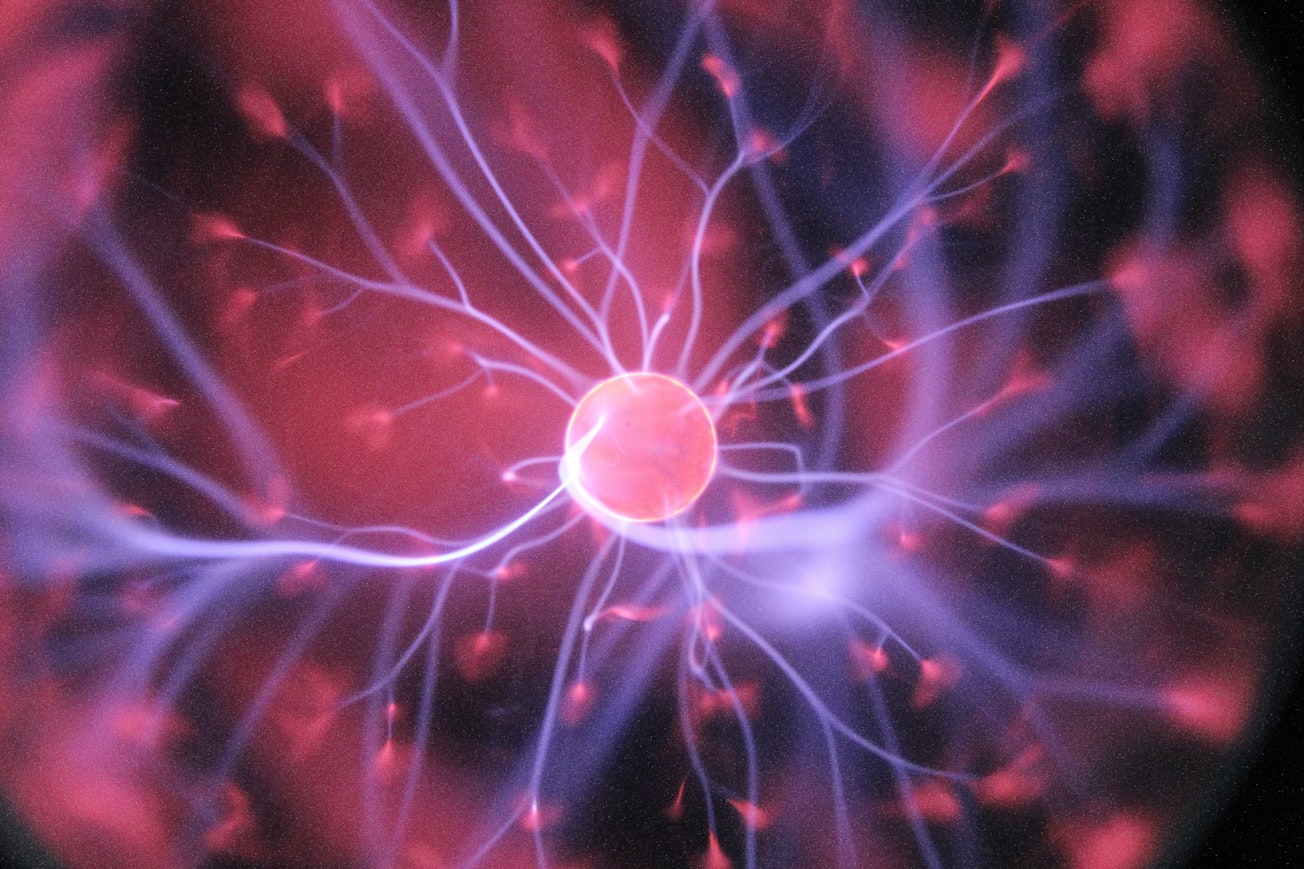What is it about?
The brain is the most complex organ of the human body, of which we still have limited knowledge. That is because the brain is unique in its structural and functional organization: neurons from different brain areas arranged in a well-defined 3D topology exhibit unique behaviors. To untangle this system, scientists have turned to a multitude of in vitro models on chip, which differ in the degree of complexity of the network organization. One of the main aspects that sets apart different models is the introduction of three-dimensionality, which affects the activity of the neuronal population. However, little is known about the organization of these 3D in vitro networks due to intrinsic experimental limitations. In the present work, we developed a computational model that is able to reproduce the experimental findings achieved with an in vitro model. By matching the activity of our simulated network, whose parameters can be finely controlled, to the activity of in vitro 3D cultures, we inferred which kind of 3D connectivity better sustains the emerging patterns of electrophysiological activity, therefore matching the experimental findings to the hard-to-observe topological properties.
Featured Image

Photo by Hal Gatewood on Unsplash
Why is it important?
The development of a computational model tailored for 3D in vitro networks allowed to prove how a 3D environment influences the electrophysiological activity of the network. We observed a reduction in both firing and bursting rates and that complex topologies like scale-free ones reduce the effects of the third dimension.
Perspectives
The proposed in silico model could also be exploited to investigate other open questions related to 3D ensembles and can be customized for peculiar experimental setup. With the aim of developing brain-on-a-chip models where neurons extracted from different brain areas (e.g., cortical-hippocampal assemblies) interact in a 3D fashion, our model could help to understand how the connections between the neuronal populations are physically and functionally organized and which are their targets.
Paolo Massobrio
University of Genova
Read the Original
This page is a summary of: Modeling the three-dimensional connectivity of in vitro cortical ensembles coupled to Micro-Electrode Arrays, PLoS Computational Biology, February 2023, PLOS,
DOI: 10.1371/journal.pcbi.1010825.
You can read the full text:
Contributors
The following have contributed to this page










